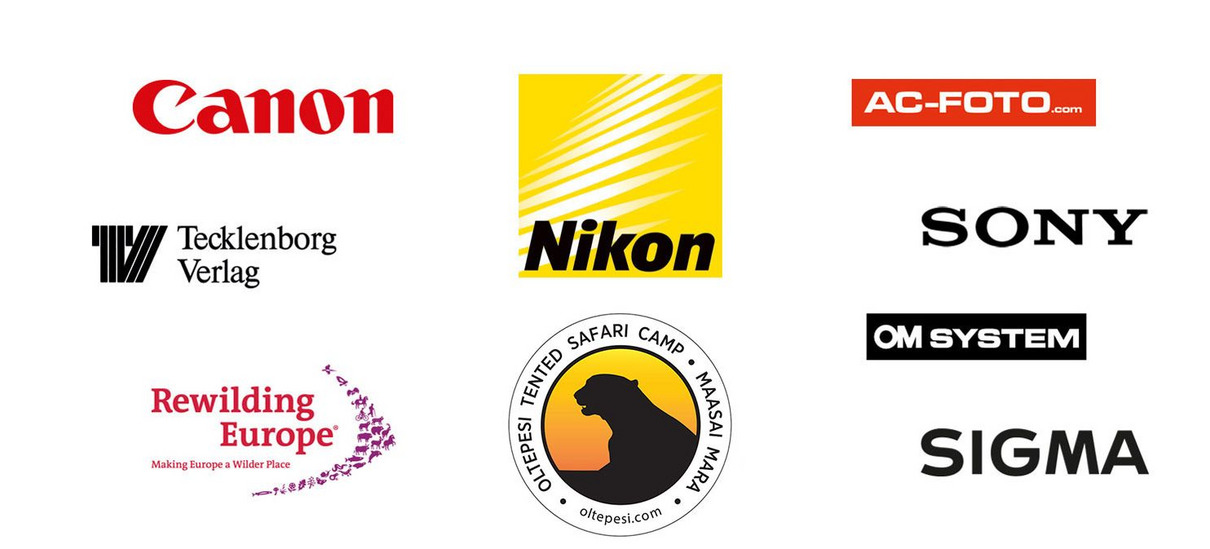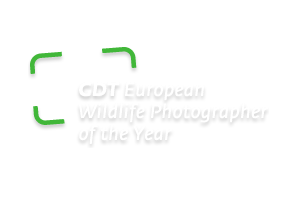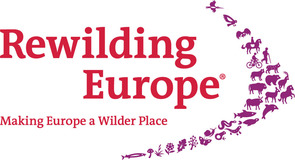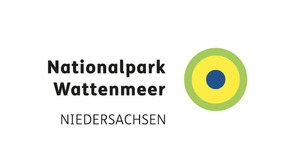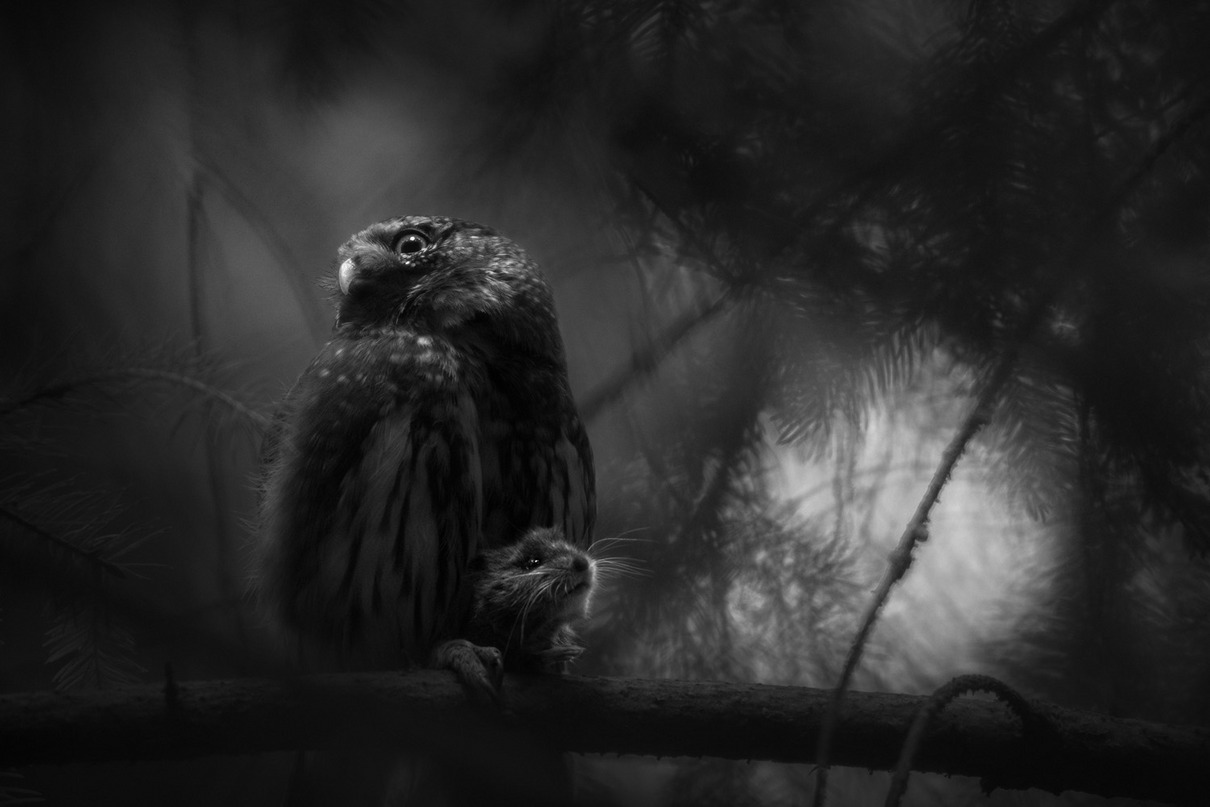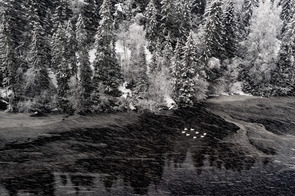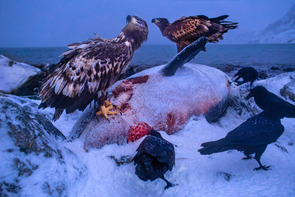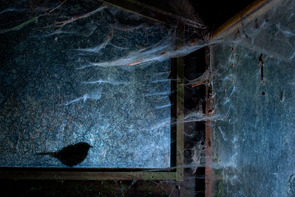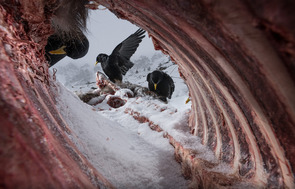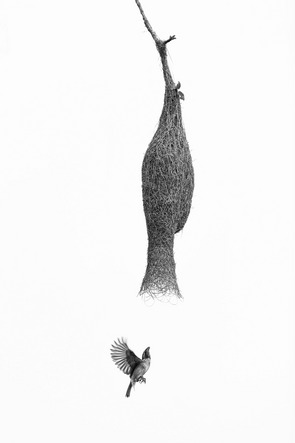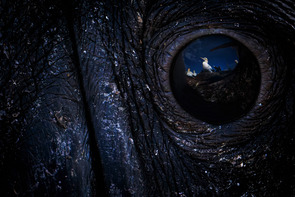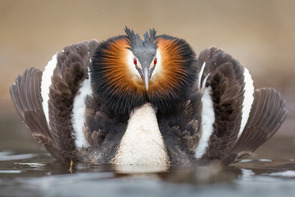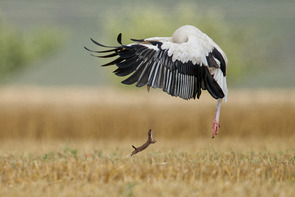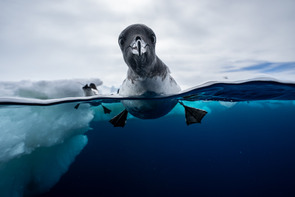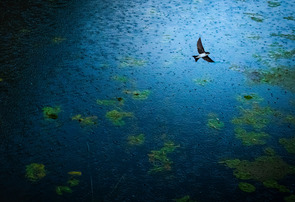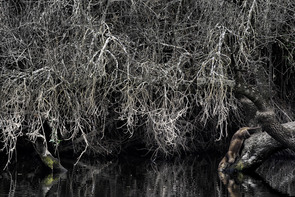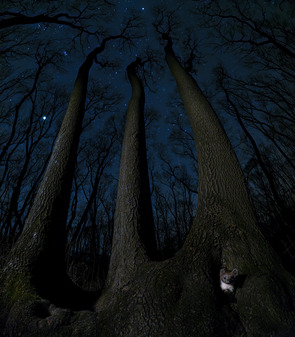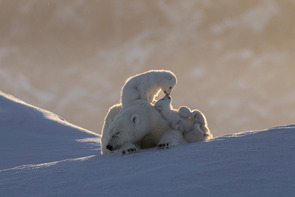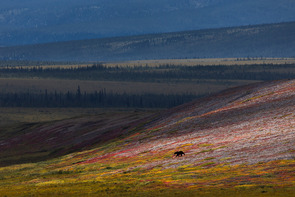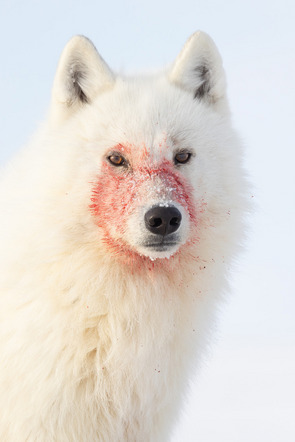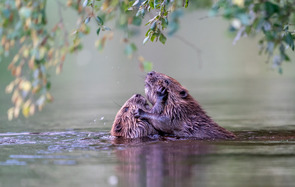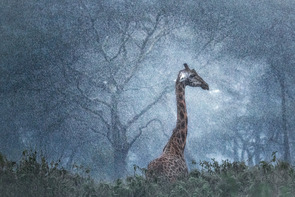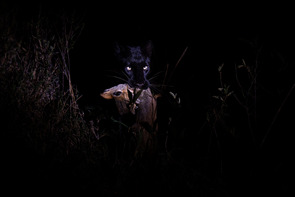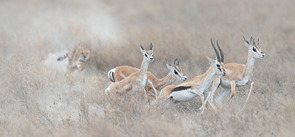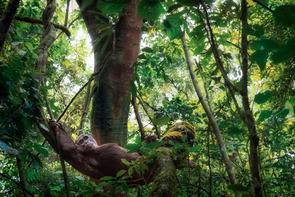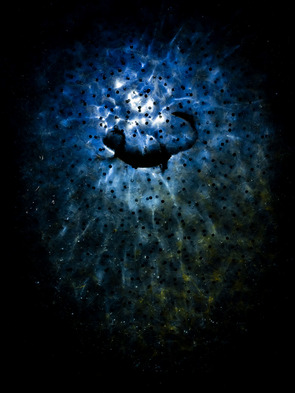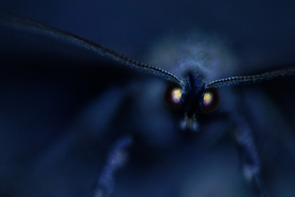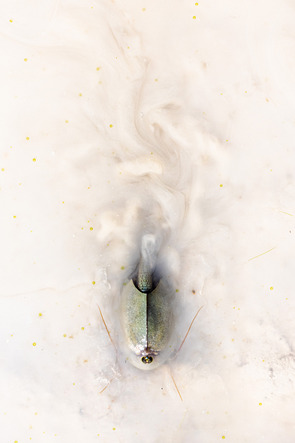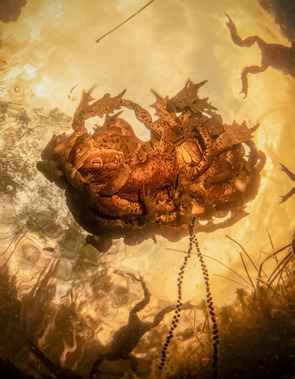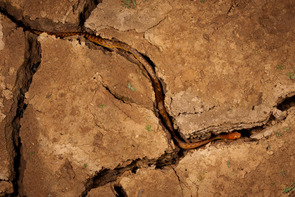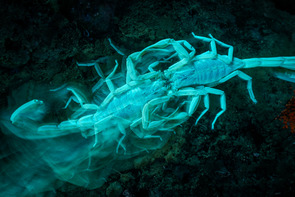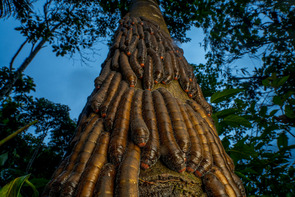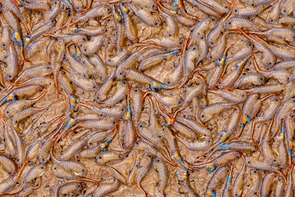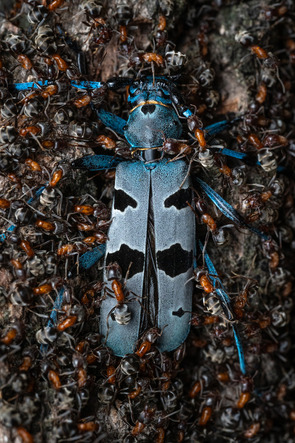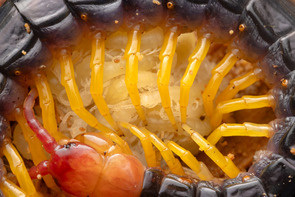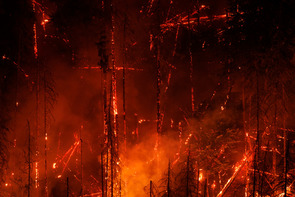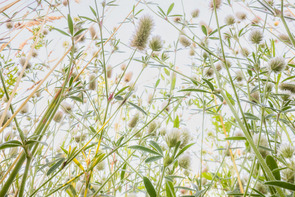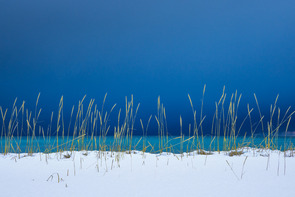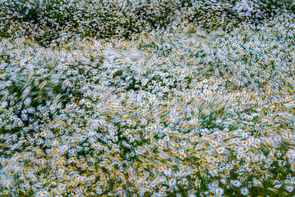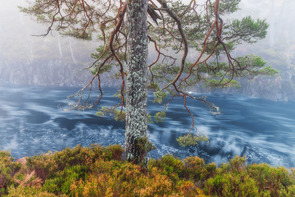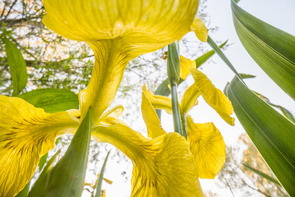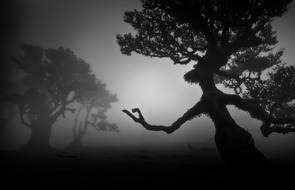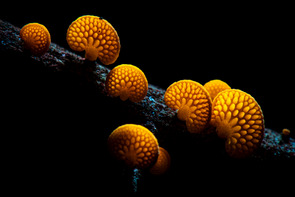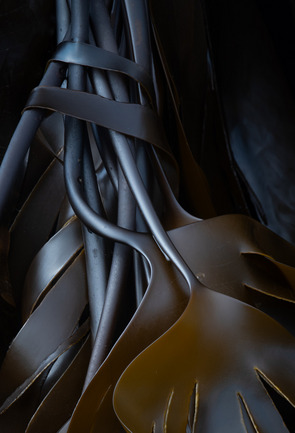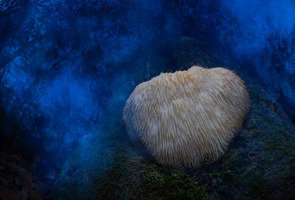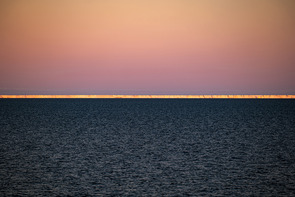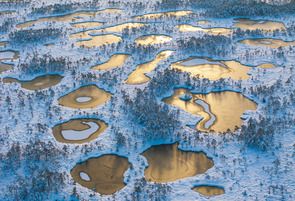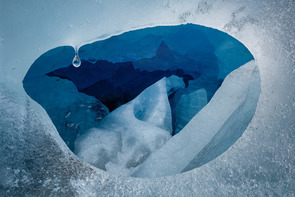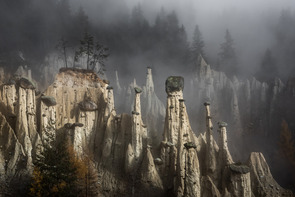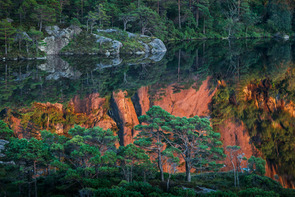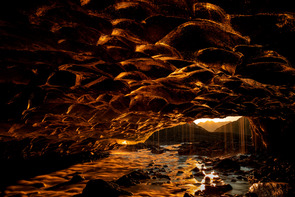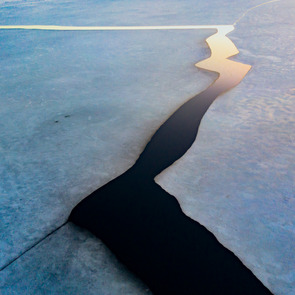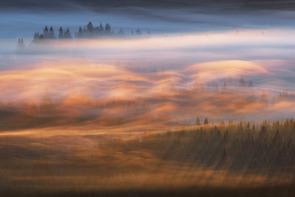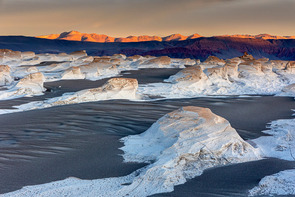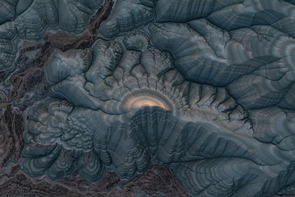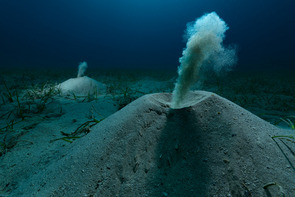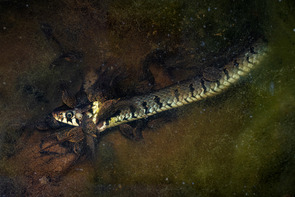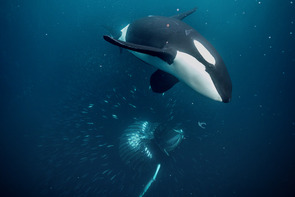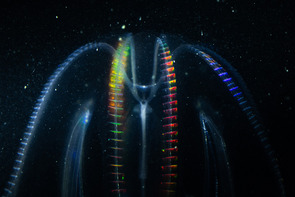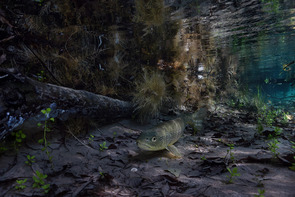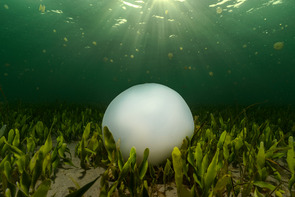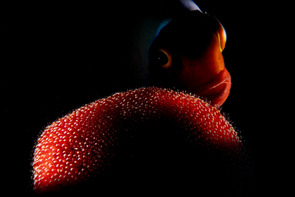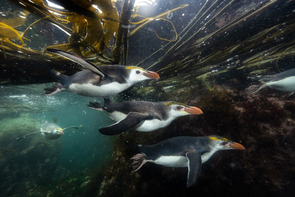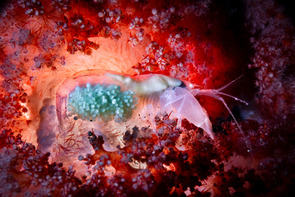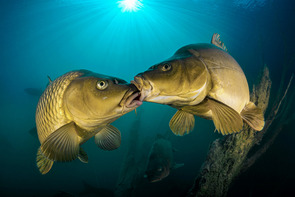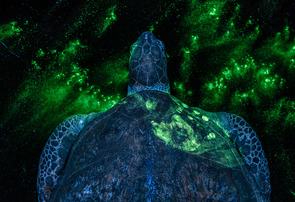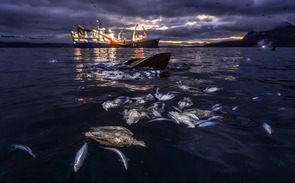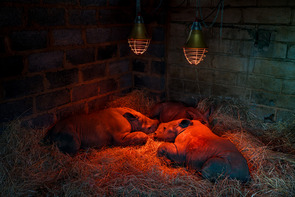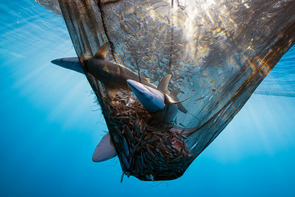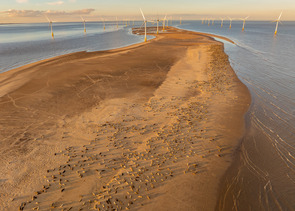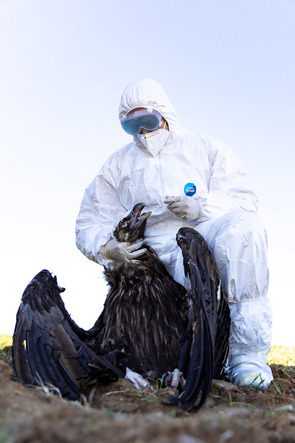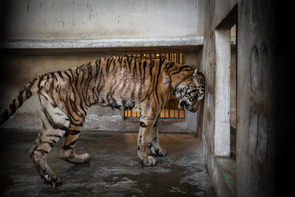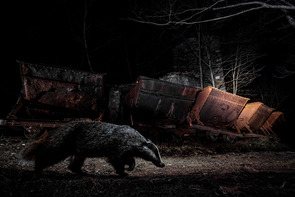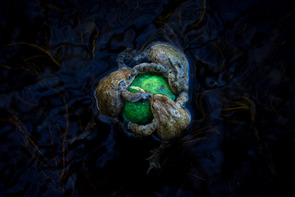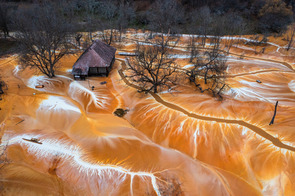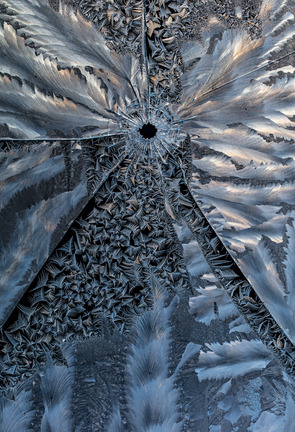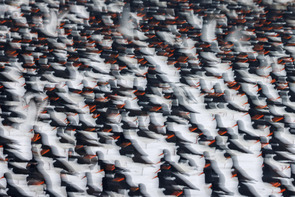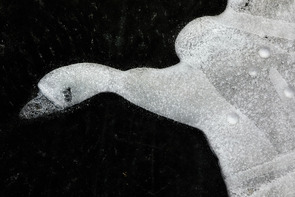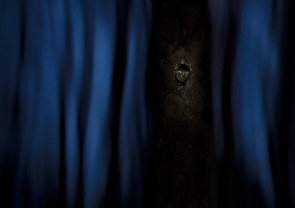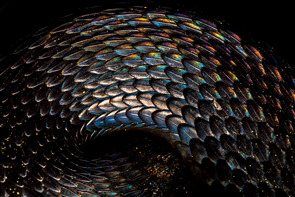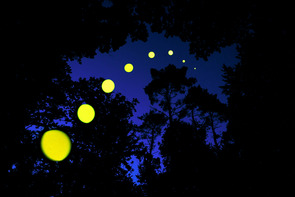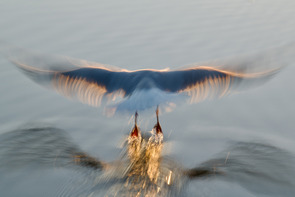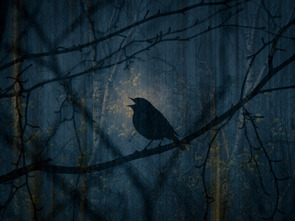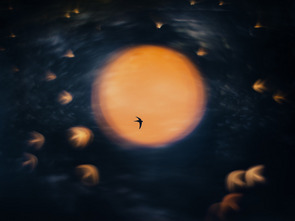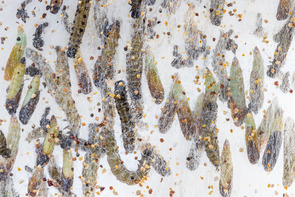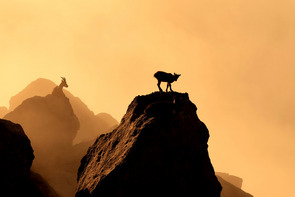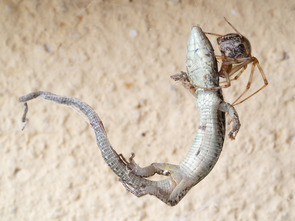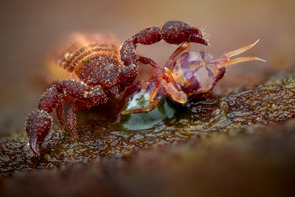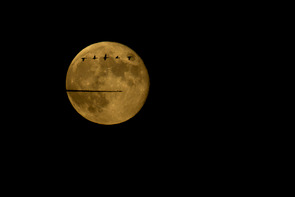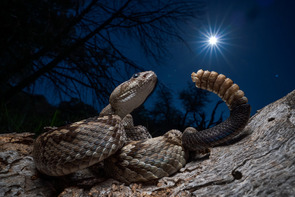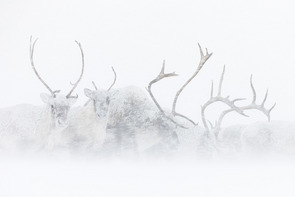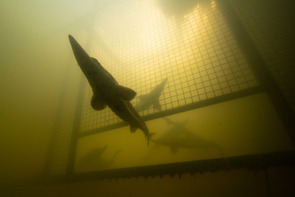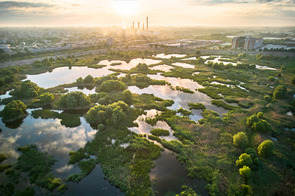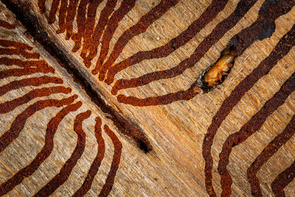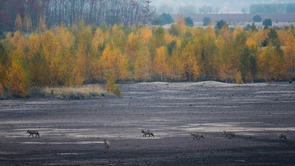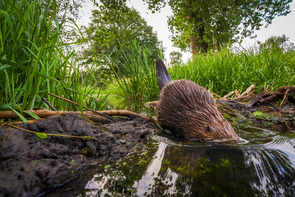Overall Winner: Luca Lorenz (DE)
SILENT DESPAIR
Silent despair – and not only from the mouse's perspective! I had spent many days in a German forest observing a pair of Eurasian pygmy owls (Glaucidium passerinum) nesting in a tree hollow, when, one day, the female vanished – probably taken by a tawny owl or a goshawk. About a week later, the young owlets emerged from the hollow and perched on nearby branches, still unable to fly. The male was struggling to care for them on his own. The morning after the chicks’ first night outside of the hollow, I found the male clutching a mouse in his talons. He held it for minutes on end – an unusual sight. He made no attempt to eat the prey as it was clearly intended for the chicks. Again and again, he called, but the chicks did not answer. As I took this photograph, I felt the despair in his searching eyes. The owlets never returned. Most likely they had fallen victim to a predator during the night. It was a heart-wrenching scene.
Nikon Z8, 5.6–6.3/180–600mm, ISO 2500
BIOGRAPHY LUCA LORENZ
Luca Lorenz is a 20-year-old wildlife photographer based north of Berlin. Already as a child, Luca loved to roam though the woods, gardens and meadows, curious about everything he encountered – and especially intrigued by birds. What began as a childhood fascination has since grown into a deep passion: wildlife photography. Entirely self-taught, Luca developed his craft through relentless curiosity, dedication and a willingness to experiment. He spent countless hours in nature with his camera, gradually developing a unique sensitivity to composition, light and perspective – guided not by formal rules but by instinct.
From an early age, Luca was moved and captivated by the beauty of the natural world. He often wished that those around him could share his delight in details. Sometimes, he felt disappointed when others failed to experience nature with the same sense of wonder. On excursions, his family members would roll their eyes when he stopped to point out one beautiful motif after the next. At the age of eleven, Luca discovered photography as a means of sharing what he saw, felt and loved in nature.
His work now focuses on portraying the beauty of wildlife and the natural world in minimalist, abstract and sometimes ethereal, painterly styles. He often experiments with long exposure times, under- and overexposure, as well as unusual perspectives. For Luca, artistic photography is a way to capture the emotion and atmosphere of the moment. Understanding animal behaviour and individual species’ characteristics is essential to his work. It means a great deal to Luca when his images resonate with others and help foster a deeper appreciation of native wildlife. Luca is deeply committed to using photography to support the protection of wilderness areas and biodiversity. His work has received numerous accolades in prestigious international competitions and has attracted attention worldwide.
Category: Young Photographers to 14 Years
This category invites young photographers in two age groups (up to 14 years old and 15 to 17 years old) to enter their five best photographs, irrespective of the themes of the categories (they do NOT need to comply with the given categories).
Category: Young Photographers 15 to 17 Years
Category: Fritz Pölking Prize and Fritz Pölking Junior Prize
The Fritz Pölking Prize is a special award of the competition European Wildlife Photographer of the Year, awarded by the German Society for Nature Photography (GDT) and Tecklenborg publishing house since 2007 in memory of the late Fritz Pölking. It is given away annually to honour exceptional work in the field of wildlife photography.to FRITZ PÖLKING PRIZE
Category: Rewilding Europe Award
This award was offered by the GDT in cooperation with Rewilding Europe to honor outstanding achievements in photography with a focus on rewilding. The aim here is to give nature time and space to restore itself in regions that have been affected by human activity.to REWILDING EUROPE AWARD
Introductory note to the GDT contest European Wildlife Photographer of the Year 2025
from Sabine Riewenherm
„Overwhelming!”This single word captures the essence of the 2025 European Wildlife Photographer of the Year (ENJ) competition. Overwhelming is not only the number of participants but also the richness and diversity of the photographs submitted.
A total of 1,120 photographers from 48 countries submitted more than 24,500 images. A jury of distinguished experts chose around 5,000 submissions for the final round. This engagement reflects the strength of the German Society for Nature Photography’s work, the recognition of its guiding principles, and the high regard in which a GDT award is held by many nature photographers.
Equally overwhelming is the quality of the submitted and ultimately awarded images, both in the European Wildlife Photographer of the Year competition and in the other honours presented annually by the GDT. One image, described by the GDT as unpolitical, beautiful, and serene, particularly impressed the jury. Entitled Silent despair, it is the work of Luca Lorenz, who has been named European Wildlife Photographer of the Year 2025. The drama of the moment is almost tangible: a sombre, nocturnal scene with a pygmy owl clutching a mouse destined to die in its talons. Yet the title hints at a deeper story. Not only the mouse is doomed to suffer – the owl has lost its mate as well as the offspring for whom the prey was intended. Lorenz, a 20-year-old photographer from north of Berlin, describes his winning image and his experiences while taking the photo with the same genuineness and compassion that infuses all his work.
This year’s winners of the Fritz Pölking Prize and the Fritz Pölking Junior Prize explore the vulnerability of species and habitats from two wholly different perspectives – intimately close and coolly distant. Spanish photographer Javier Aznar, a familiar name in GDT competitions, has devoted his series to the rattlesnake and its ambivalent history, poised between reverence and persecution. With striking clarity, he reveals not only the snake’s beauty and majesty, but also its vulnerability and the many ways in which encounters between humans and animals can unfold. The images of Tobias Gjerde, a young Norwegian photographer who has dedicated himself to the solitude of the northern wilderness, stand in sharp contrast. The title of his project, Norwegian winter, is entirely apt: reindeer, foxes, and puffins emerge as vivid bursts of colour in icy landscapes, bringing life into never monotonous winter scenes.
The photographers who placed their work before the discerning eyes of the ENJ jury – and whose images we may now admire in this catalogue – are dedicated to a respectful approach to nature based on encounters that occur on truly equal terms. Their intention is to stir emotions, both uplifting and unsettling, to spark interest in species, habitats, and their interrelationships, and, at the same time, to heighten awareness of the need for conservation. In this we are united – the German Federal Agency for Nature Conservation, the GDT, and all the photographers who have taken part in this competition.
Sabine Riewenherm
President of the German Federal Agency for Nature Conservation
Patron of the competition
Jury’s comment
by Bruno D’Amicis (on behalf of the jury)
Over time judging nature photography competitions has become increasingly difficult. In the recent past, this form of photography has become massively popular. Hundreds of thousands of enthusiasts worldwide have access to an endless set of fabulous opportunities and cutting-edge technologies, which, in turn, allow for truly unprecedented images. There are more and more beautiful and sensational photographs around: the standard bar has never been so high. At the same time, the increasing popularity of certain subjects or particular techniques has also led to emulation, and strong, personal voices can end up lost in a world of photographs which look “all the same”.
This is why the jury for the 25th edition of the European Wildlife Photographer of the Year had a particularly difficult task. Judges Bruno D'Amicis, Aaron Gekoski, Serena Ho, Rosamund Kidman Cox and Agorastos Papatsanis had to select 90 images from a pool of 25,000 submissions. In this huge collection of incredibly good photographs, the jury searched for novel subjects and fresh vision – images where photographic skill combined with compelling content and, possibly, a contemporary story. And this goal is reflected in the decisions behind each category winner. Particular value has been given to those photographs where a powerful message was delivered with clear photographic intentions. In our opinion, those fabulous images highlight both the fragile wonders of nature and the troublesome times we live in, and thus they can help trigger deeper reflection within the viewer.
Yet for the overall winner we were seduced by a completely different kind of shot. During our journey among different lights and colors, drama and action, a quiet, almost subdued image drew our attention. And like that, we found ourselves taken away from the chaos of the world, straight into the balsamic air of a spruce forest. The photographer granted us a glimpse into the secret life of elusive creatures – animals which allow proximity only to those with the required patience and respect.
In the winning photograph, Europe's smallest bird of prey holds a live vole in its claws. The male pigmy owl had recently lost its partner and is delivering a meal to its chicks. Light shines in the eyes both of predator and prey. It feels like peering through thick vegetation into a private place. Here a miniature-scale drama is unfolding in an intimate, monochromatic view, yet under gorgeous Renaissance light.
It’s a timeless story of death and survival told without graphics or gore, without winners or losers, without moral or sensation. A nuanced, gentle reminder that evil does not exist in the natural world. And when it appears to, it comes from us.
Happy 25th anniversary to the European Wildlife Photographer of the Year, and long live authentic nature photography!
We´d like to thank our sponsors:
